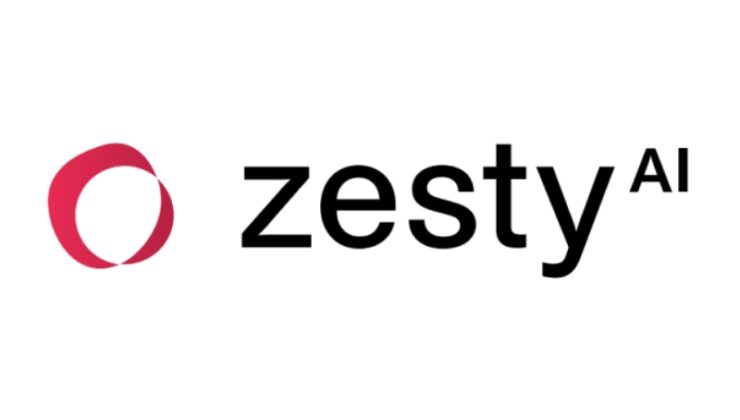

ZestyAI, a leader in property and climate risk analytics, has revealed a significant threat to over 12.6 million properties across the United States from hail-induced roof damage. This risk amounts to a staggering $189.5 billion in potential replacement costs.
The insights were derived using the advanced Z-HAIL model, underlining the increasing financial peril posed by severe convective storms (SCS) – a category that includes hail, tornadoes, and intense wind events. In 2024 alone, damage from these storms was estimated at $56 billion, surpassing hurricane-related losses.
Existing risk models primarily focus on estimating exposure at a portfolio level, rather than assessing risk at individual properties. With hail events on the rise in both severity and frequency, these traditional models often overlook the structural and environmental nuances that contribute to actual losses, cautions ZestyAI.
The company explains, “Z-HAIL assesses hail risk through a unique blend of climate, aerial, and property-specific data. By employing sophisticated machine learning on these inputs, Z-HAIL provides highly detailed predictions that consider both the physical attributes of a property and the storm activity in its vicinity.”
The model’s analysis indicates that the top five states by potential financial exposure are: Texas with $68 billion, Colorado at $16.7 billion, Illinois with $10.8 billion, North Carolina at $10.4 billion, and Missouri at $9.5 billion. Conversely, the states with the least financial exposure are Maine with $4.7 million, Idaho at $12.8 million, New Hampshire at $18.5 million, Nevada at $49.3 million, and Vermont at $64.7 million.
Kumar Dhuvur, Co-Founder and Chief Product Officer at ZestyAI, remarked, “Traditional catastrophe models have aided insurers in understanding potential storm strikes and resultant losses on a portfolio level. However, they fall short in assessing risk at an individual property level, often missing specific conditions that cause hail damage. By examining the interaction between property-specific features and local storm patterns, we can differentiate risk among neighboring properties. This enables more informed underwriting, precise pricing, and enhanced protection for policyholders.”
Furthermore, during case studies, Z-HAIL demonstrated its ability to accurately identify properties most vulnerable to hail damage, even within the same neighborhood and subjected to identical storm conditions.
Initially approved for use in five states in March, the model’s approval has now expanded to 14 states, with additional approvals pending.
ENGLİSH
4 gün önceSİGORTA
4 gün önceSİGORTA
4 gün önceSİGORTA
7 gün önceSİGORTA
9 gün önceSİGORTA
9 gün önceDÜNYA
18 gün önce 1
Elon Musk’s Father: “Admiring Putin is Only Natural”
11501 kez okundu
1
Elon Musk’s Father: “Admiring Putin is Only Natural”
11501 kez okundu
 2
xAI’s Grok Chatbot Introduces Memory Feature to Rival ChatGPT and Google Gemini
10450 kez okundu
2
xAI’s Grok Chatbot Introduces Memory Feature to Rival ChatGPT and Google Gemini
10450 kez okundu
 3
Minnesota’s Proposed Lifeline Auto Insurance Program
9429 kez okundu
3
Minnesota’s Proposed Lifeline Auto Insurance Program
9429 kez okundu
 4
Introducing Vivo Y300 Pro+: A Blend of Power and Affordability
7373 kez okundu
4
Introducing Vivo Y300 Pro+: A Blend of Power and Affordability
7373 kez okundu
 5
What’s the best car insurance for seniors?
6030 kez okundu
5
What’s the best car insurance for seniors?
6030 kez okundu
Veri politikasındaki amaçlarla sınırlı ve mevzuata uygun şekilde çerez konumlandırmaktayız. Detaylar için veri politikamızı inceleyebilirsiniz.